Feed Sack Totes







Enjoyed the project?
Resources for this project:

Comments
Join the conversation
-
 Terri
on Feb 06, 2018
Terri
on Feb 06, 2018
I am so glad to see this tutorial! You have made it very simple (looking) and understandable! The last tutorial I read I just said "forget it!" I really want to make bags to go home with my foster dogs to carry all the stuff I send along!
On the other hand...maybe I need one of those fancy machines to embroider the name of the rescue! LOL--thanks again!
-
-
 Patty Anderson
on Feb 06, 2018
Patty Anderson
on Feb 06, 2018
Thank you, Terri! It really is pretty simple, once you figure 3 inches for the roll under top, 17 inches, or as deep as you want your bag to be, and 2 three inch handles. Done! But I worried....because long ago, when I read a tutorial on making these, I just couldn't wrap my head around those handles! Also I figured that photo of making the diamond shape to create the width of your bag might help more than anything I could say! So give it a go! Oh...and a heart felt thank you, for your foster work. Why we can't seem to pass a mantatory spay/neuter law is beyond me. I'm a foster failure, that's why we currently have 7 fur-babies.....all rescues......

-



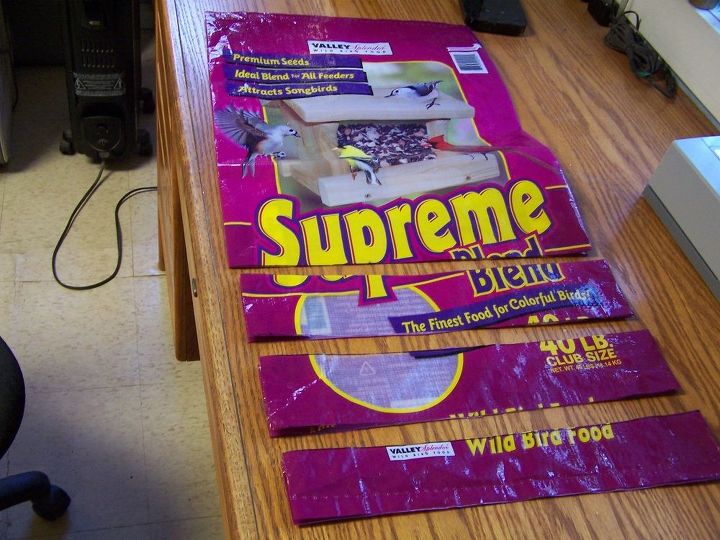





















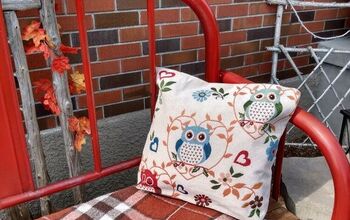


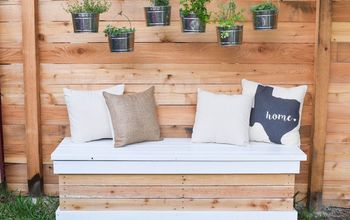


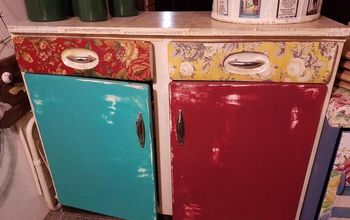





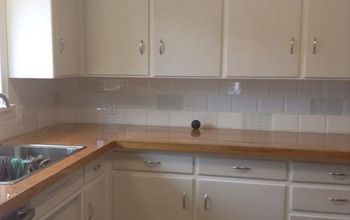


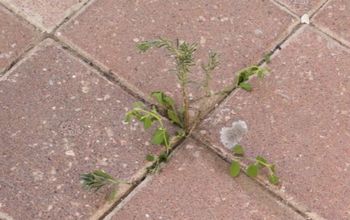


Frequently asked questions
Have a question about this project?
I go through at least 2 40 pound bags of dog food a month. How would I clean the insides.
Thanks for such clear directions.
Thank you for your tutorial!
I've made these before, and I have always had trouble with the tension - I've even jammed my machine several times! I appreciate your giving the tension and stitch settings! One question - What type of thread do you use?
Thanks!
Michelle